How to make
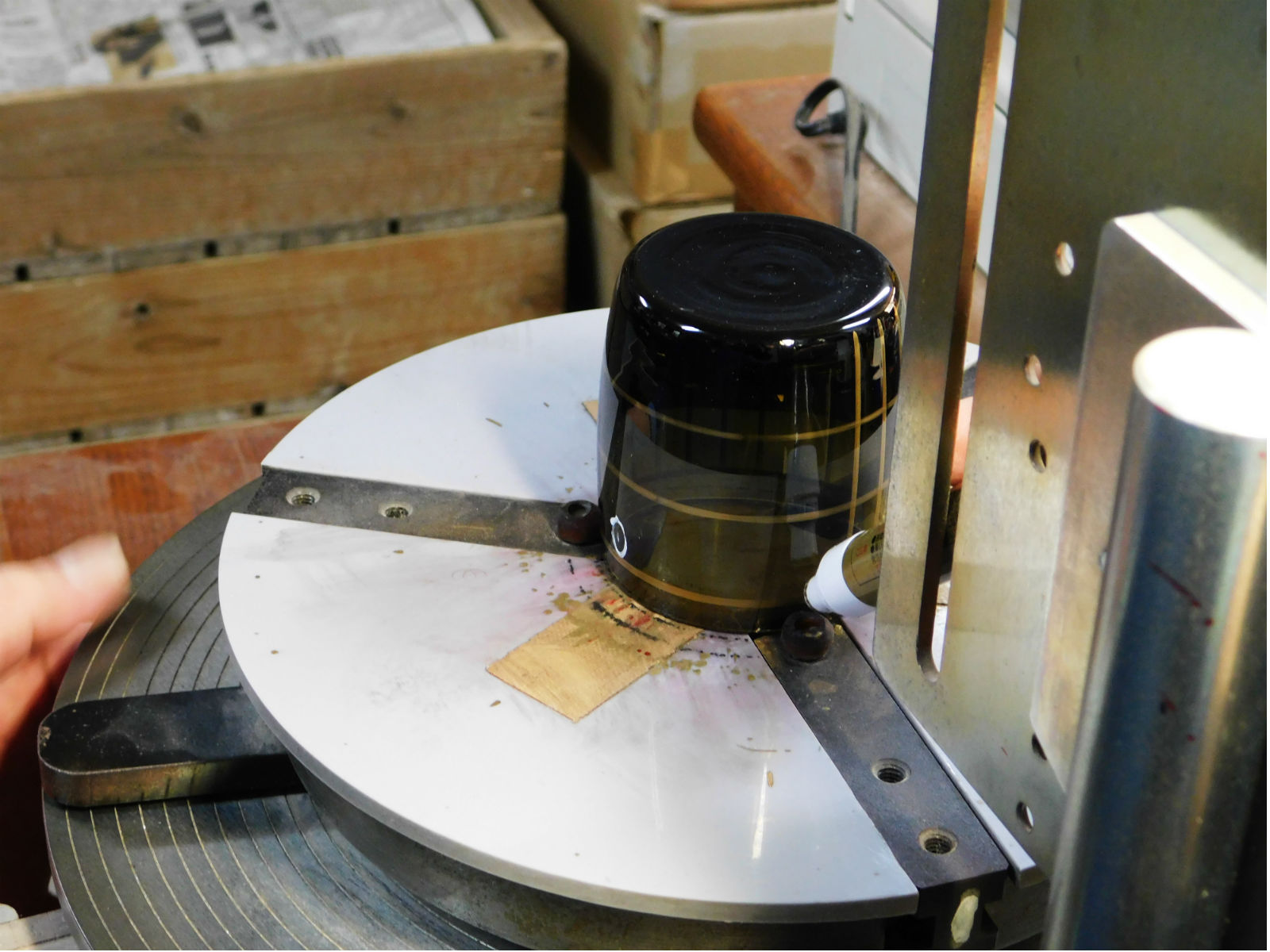
【Indexing】 Do not draw underlining
In old times with a brush, now with an oil pen
The first work is an index. Place the glass cloth on a metal tool called indexer, and draw a line that is the register of the pattern. In the past, I used black inks on brushes to figure out, but now oil-based pens have become mainstream. No matter how complicated the pattern is applied, the underlining is only this vertical and horizontal line.
In Edo Kiriko's production, I do not draw an accurate drawing of the design.
It is a technique unique to Edo Kiriko that draws complex patterns by relying only on this index line.
【Rough slide】 - Movie -
In the past it was sand, now it is diamond
The next task is roughing. While sprinkling water on the diamond wheel rotating at high speed, it cuts with reliance on the index line.
In the past, we had rubbed iron disks painted with paste-like sand called golden sand (gyozaisha). The sand used at this time is said to be the most rough sand of the particle.
Rough streaks at the stage of roughing are called "ribs". The rib bone is an important factor determining the overall picture of the design.
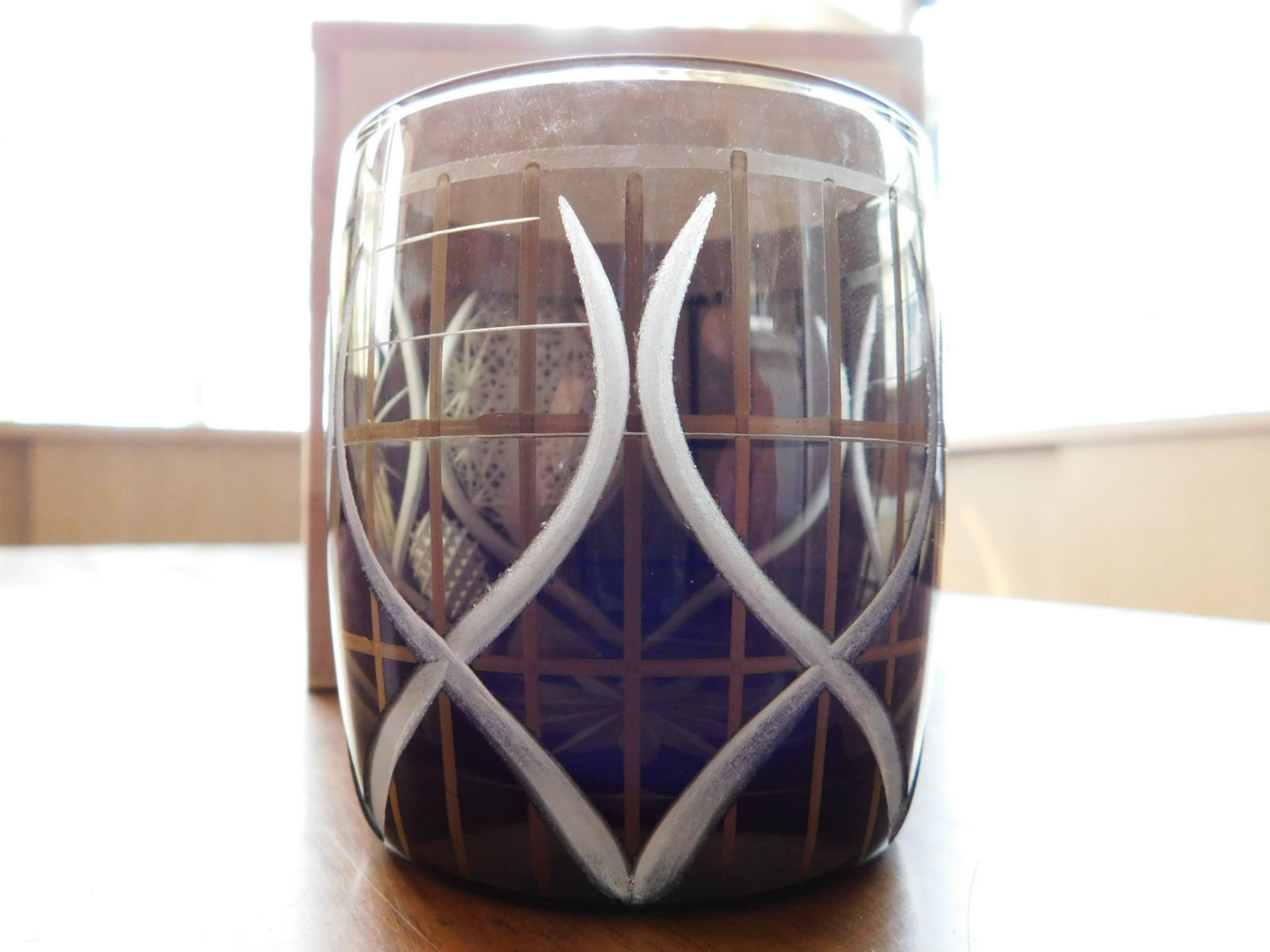
Rough rubbing quickly and accurately
Everything is done with experience
Because the diamond wheel used for roughing is quite rough, the surface of the part with the rib is quite rough and it has become rubbed glass.
At this stage, cut to the depth of about two thirds of the finished state.
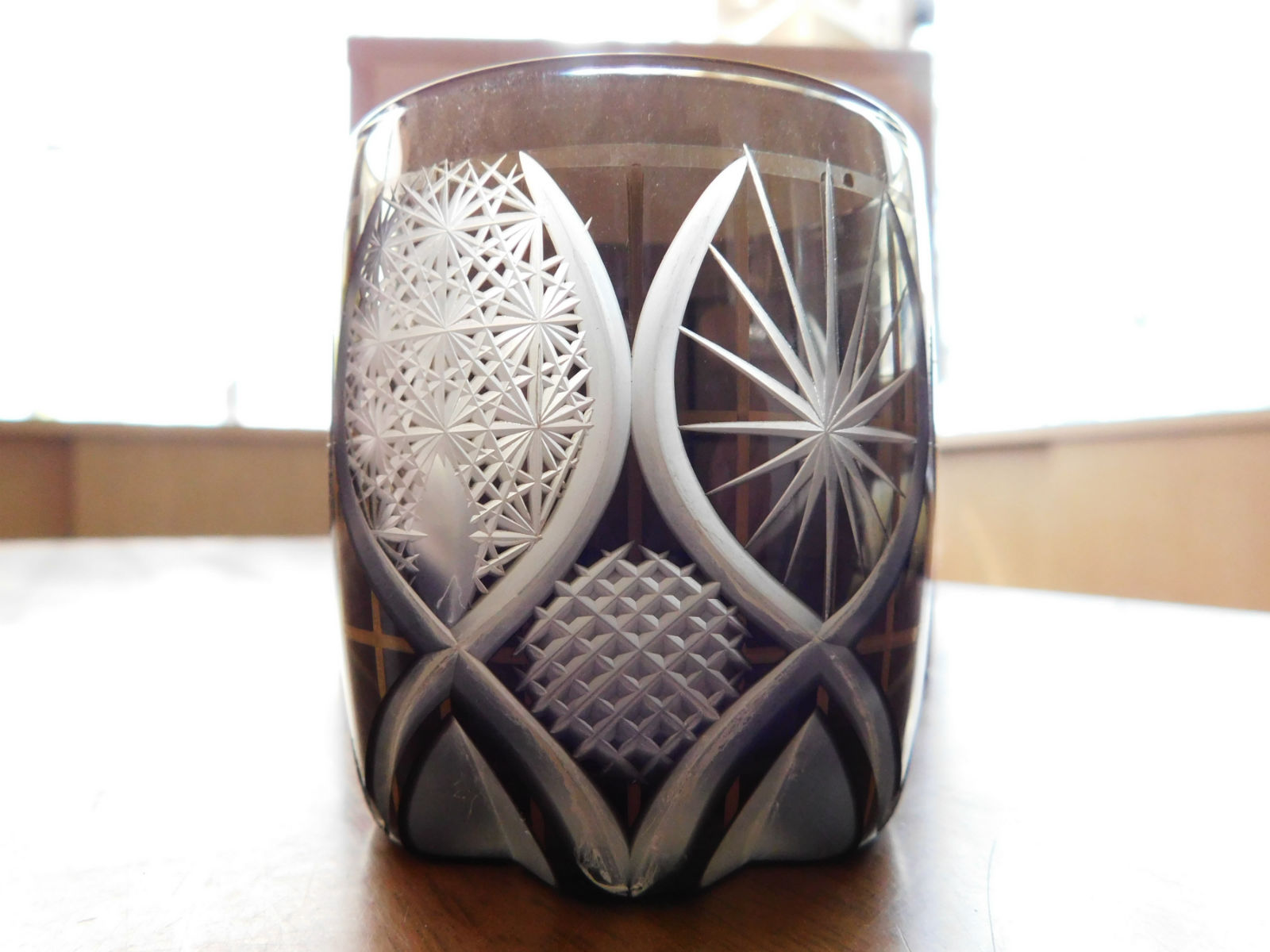
【Third Hole】 Showhouse of the artisan's arms
All of the design is decided here
Based on rough friction, it is the third hammer to apply a finer and smoother cut.
I will cut the details of the pattern using the diamond wheel called diamond 500.
In the past, I painted on iron disks with paste-like sand of the finest particles than sand the most. Depending on the hardness of the glass cloth, we sometimes pinched the second sand, so we call the work at this stage the third hammer (commonly known as "sanban"). It seems that the work of screening this sand by sifting was rather troublesome.
At this stage of the 3rd race, the detail of the design will be decided, so skillful arms are required work.
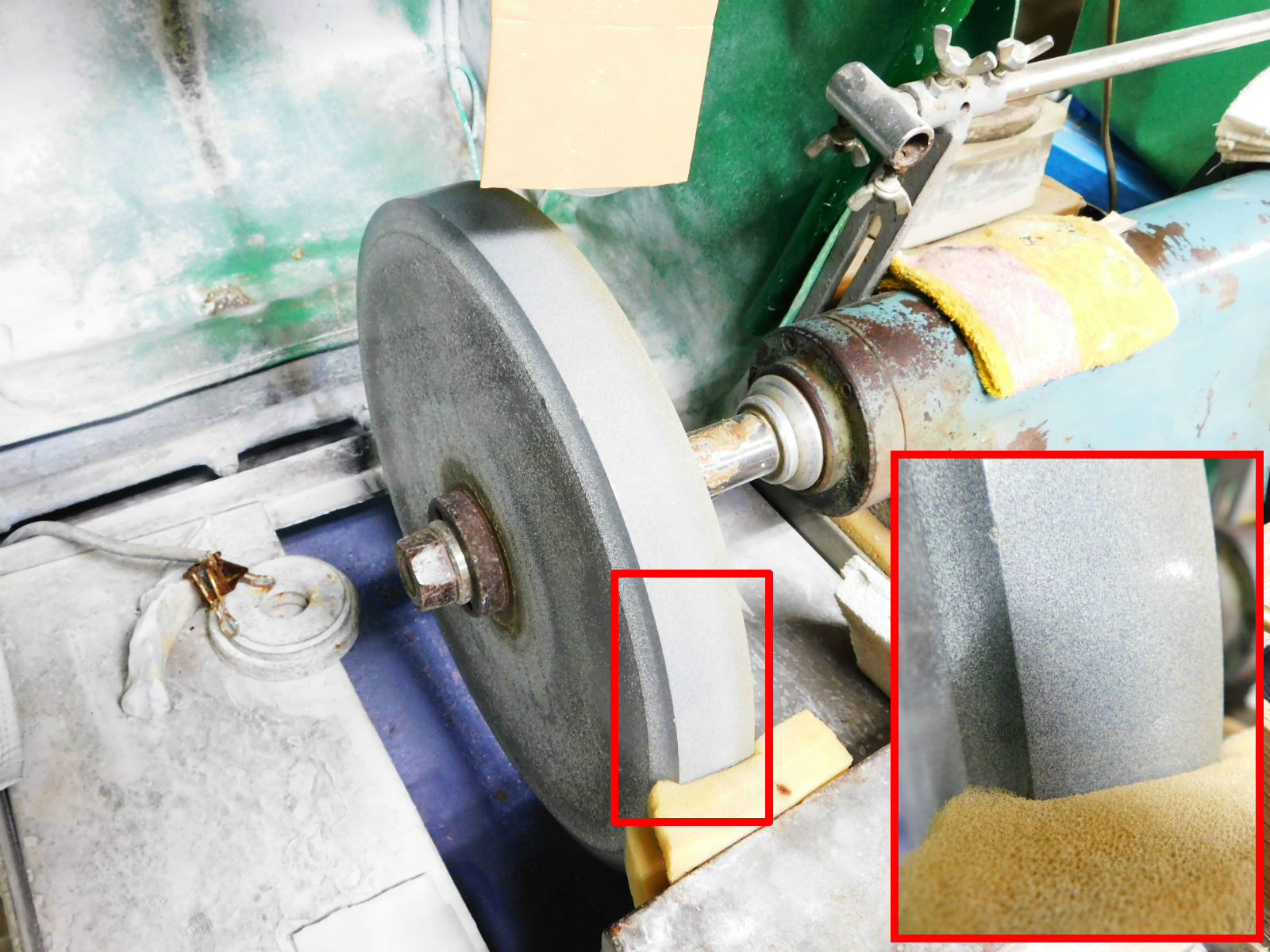
【Stone hook】 final step of scraping
Determine the finish of "polish"
It is a stone rack to rotate the disk made of grinding stone (grinding stone) and to evenly flatten the cut surface cut by 3 rd. Also cut the bottom at this stage.
If the surface of the glass is not smooth smoothly with a stone hanger, the shine of the glass will not be reproduced in the next polishing process.
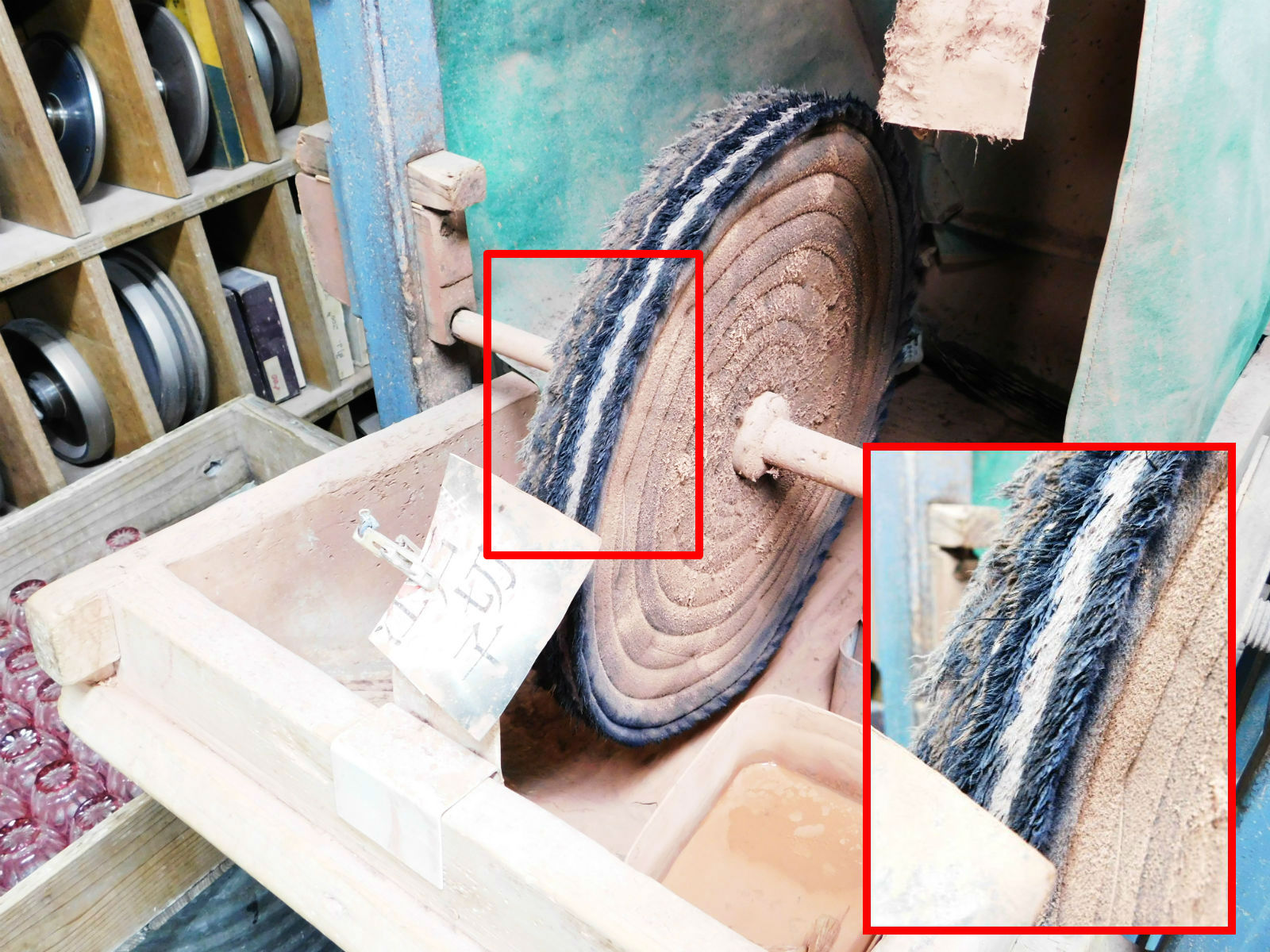
【Shine ・ Buffing】
Here we apply polishing agent with cerium powder kneaded with water to a disc like wooden board (tung), cork board, rubber plate etc, and polish the surface of the glass while rotating.
Then apply a fine abrasive of particles with a cloth disc and do the final polish. This process is called buffing.
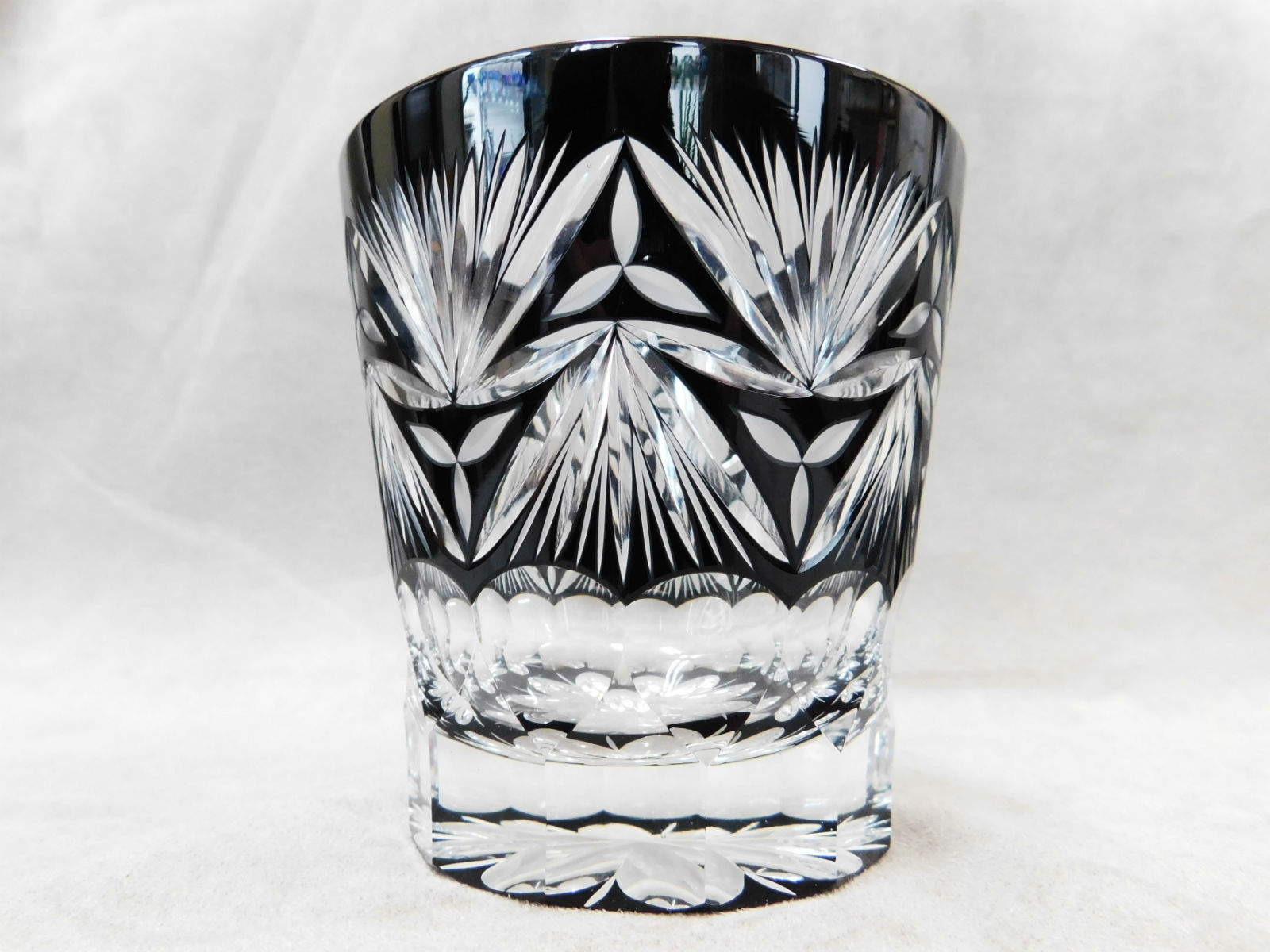
The original glow of glass that revives
The surface of the buffed glass finishes the original transparent feeling of the glass. Due to the refraction of light, the cut surface changes the expression variously depending on the viewing angle.
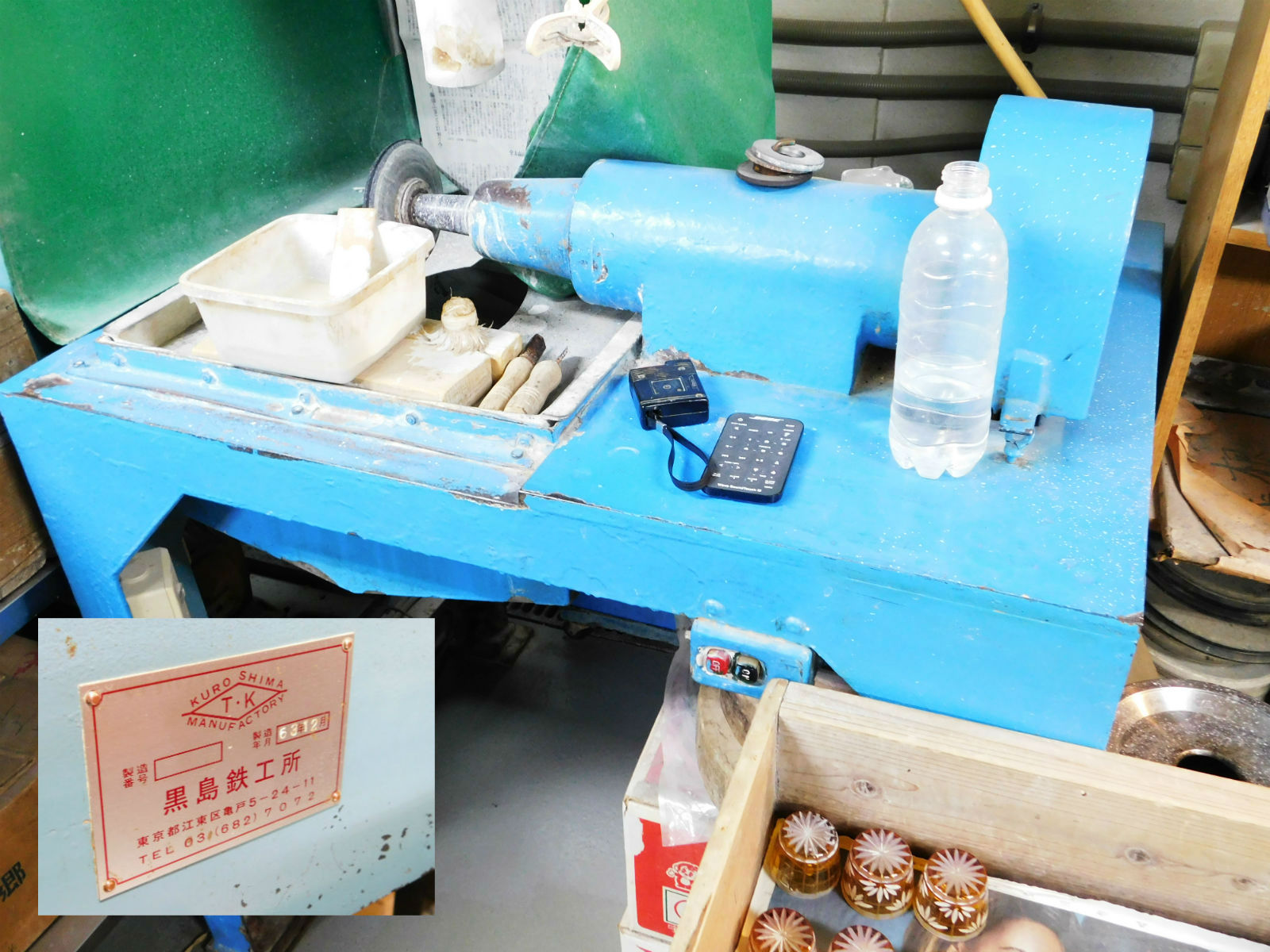
Now it's a standard for polishing machines
Japan's first polishing machine ordered by the predecessor
Mr. Yukio Nemoto who is a father of Nemoto Tatsuya who cooperated in photographing is a legendary craftsman of Edo Kiriko who was also awarded the Huangyun Medal, but this person leaves many things besides the awesome work Well done.
One of them is a photograph polishing machine.
This is the first polishing machine in Japan that is still active in active work. Mr. Yukio Kuroshima Ironworks in Kameido was ordered that we would like to make such a machine like this and then it was used in various fields and became the standard of the polishing machine.
Mr. Yukio was good at manipulating the straight line and the curve freely and skillfully expressing a soft line such as a plant with a sharp cut, but supporting this technology freely can cut the glass This polishing It was a machine.